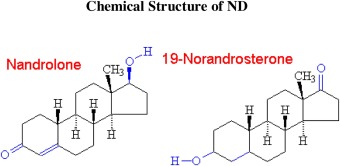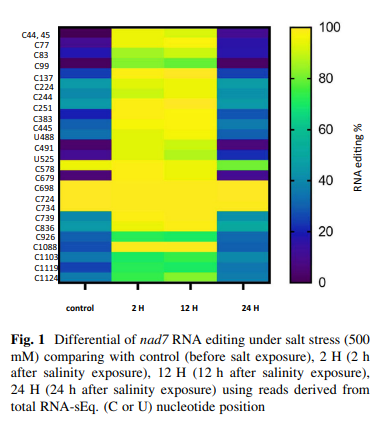FPGA Realizations of Chaotic Epidemic and Disease Models including Covid-19
The spread of epidemics and diseases is known to exhibit chaotic dynamics; a fact confirmed by many developed mathematical models. However, to the best of our knowledge, no attempt to realize any of these chaotic models in analog or digital electronic form has been reported in the literature. In this work, we report on the efficient FPGA implementations of three different virus spreading models and one disease progress model. In particular, the Ebola, Influenza, and COVID-19 virus spreading models in addition to a Cancer disease progress model are first numerically analyzed for parameter sensitivity via bifurcation diagrams. Subsequently and despite the large number of parameters and large number of multiplication (or division) operations, these models are efficiently implemented on FPGA platforms using fixed-point architectures. Detailed FPGA design process, hardware architecture and timing analysis are provided for three of the studied models (Ebola, Influenza, and Cancer) on an Altera Cyclone IV EP4CE115F29C7 FPGA chip. All models are also implemented on a high performance Xilinx Artix-7 XC7A100TCSG324 FPGA for comparison of the needed hardware resources. Experimental results showing real-time control of the chaotic dynamics are presented. © 2013 IEEE.


